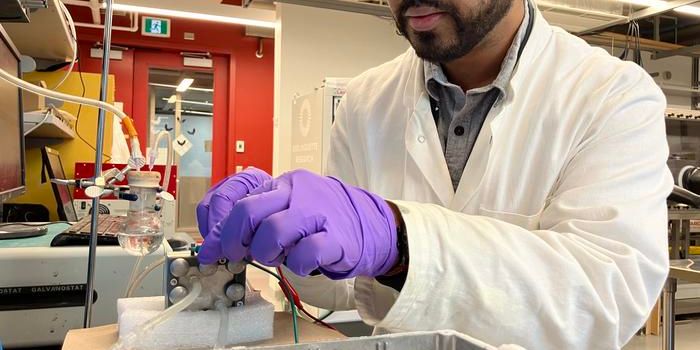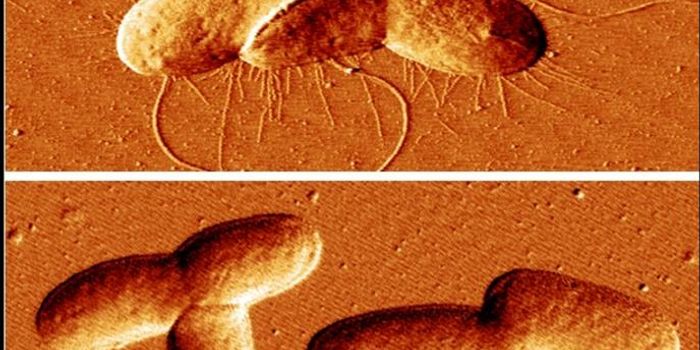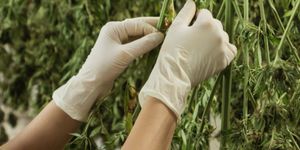New water quality test glows green upon detecting toxic levels of contamination
Measuring water quality has just been made easier with a new device developed by researchers at Northwestern University. The handheld device has been compared to a pregnancy test in that it provides a quick positive or negative reading upon detecting levels of contamination in a single drop of water that exceeds the EPA’s standards. A green glow means it's time to decontaminate.
The test can detect levels of 17 distinct contaminants such as lead and copper, pharmaceuticals, cosmetics and cleaning products. The researchers hope to expand its capabilities to include more pollutant detection. For now, their findings are published in the journal Nature Biotechnology.
This test is unique from other water quality tests. "Current water tests rely on a centralized laboratory that contains really expensive equipment and requires expertise to operate," said lead researcher Julius Lucks, who is a professor of chemical and biological engineering in Northwestern's McCormick School of Engineering and a member of the Center for Synthetic Biology. "Sending in a sample can cost up to $150 and take several weeks to get results. We're offering a technology that enables anyone to directly test their own water and know if they have contamination within minutes. It's so simple to use that we can put it into the hands of the people who need it most."
The test is powered by cell-free synthetic biology, which refers to the science of using the molecular machinery of cells outside of the cells themselves in order to complete certain tasks. In this case, the researchers used the molecular machinery of bacterial cells. That might sound confusing, but Lucks and his co-researchers Jaeyoung Jung and Khalid Alam explain, saying:
"We found out how bacteria naturally taste things in their water," Lucks added. "They do so with little molecular-level 'taste buds'. Cell-free synthetic biology allows us to take those little molecular taste buds out and put them into a test tube. We can then 're-wire' them up to produce a visual signal. It glows to let the user quickly and easily see if there's a contaminant in their water."
"Nature has already solved this problem," Alam adds. "Biology has spent over three billion years evolving an elegant solution to detect contaminants."
Lucks and his team have named their test after the famous chemist Rosalind Franklin. The platform, "RNA output sensors activated by ligand induction," (ROSALIND) honors Franklin’s discovery of the DNA double helix alongside James Watson and Francis Crick. Franklin would have turned 100 on July 25.
"Her work essentially eventually enabled us to learn how to reprogram DNA to act in our technology," Lucks concludes.
Sources: Nature Biotechnology, Science Daily








